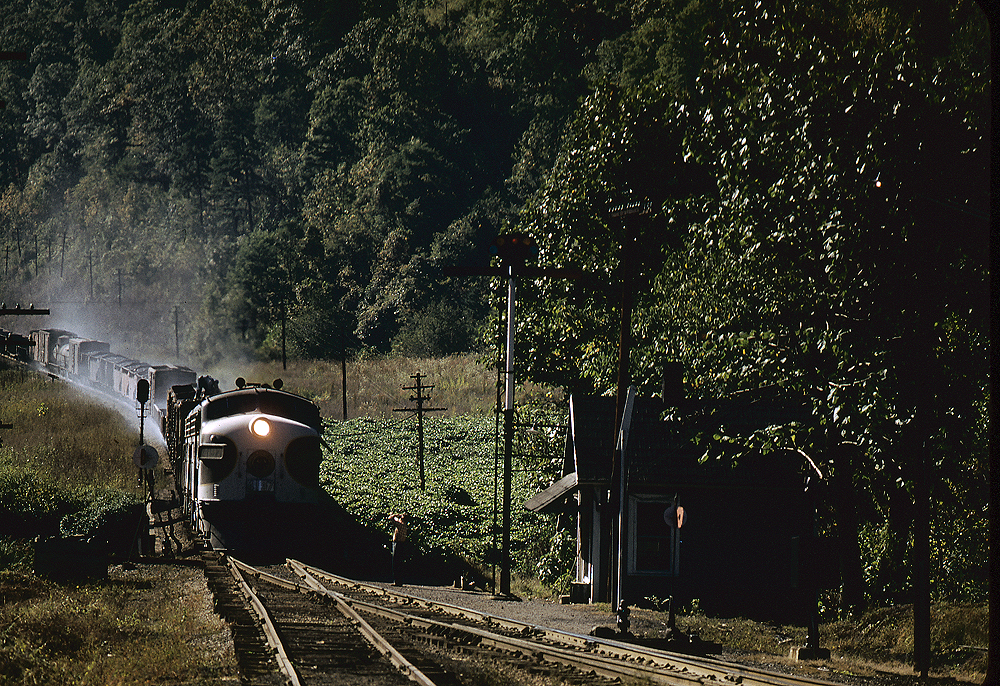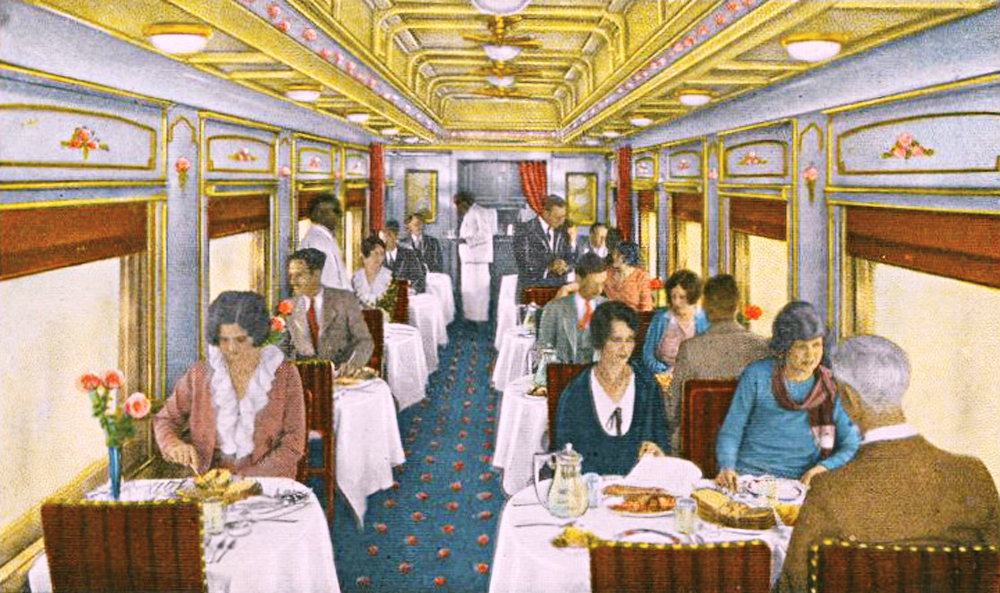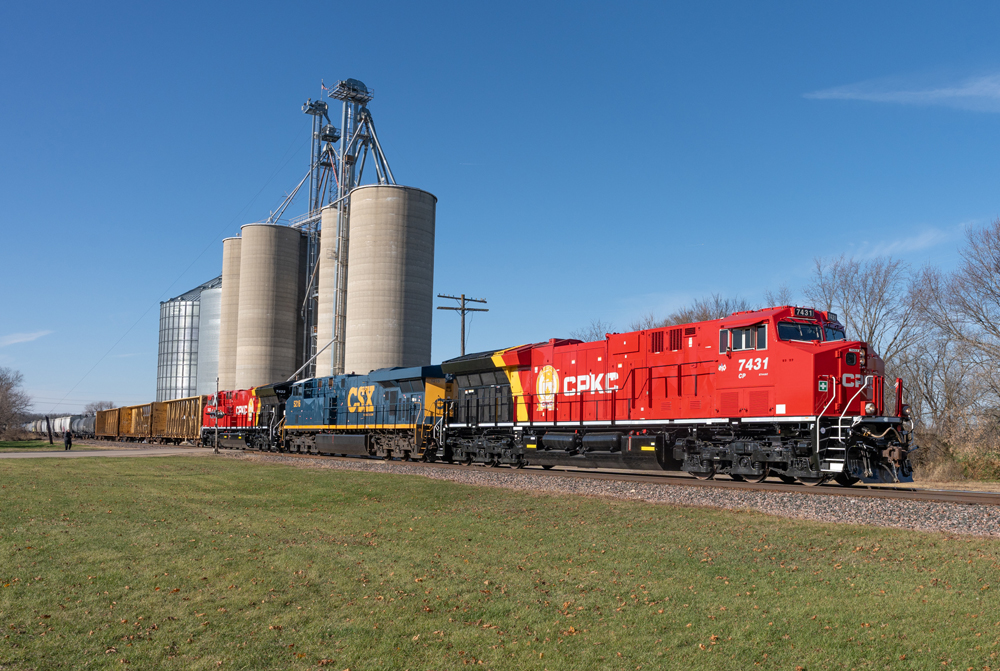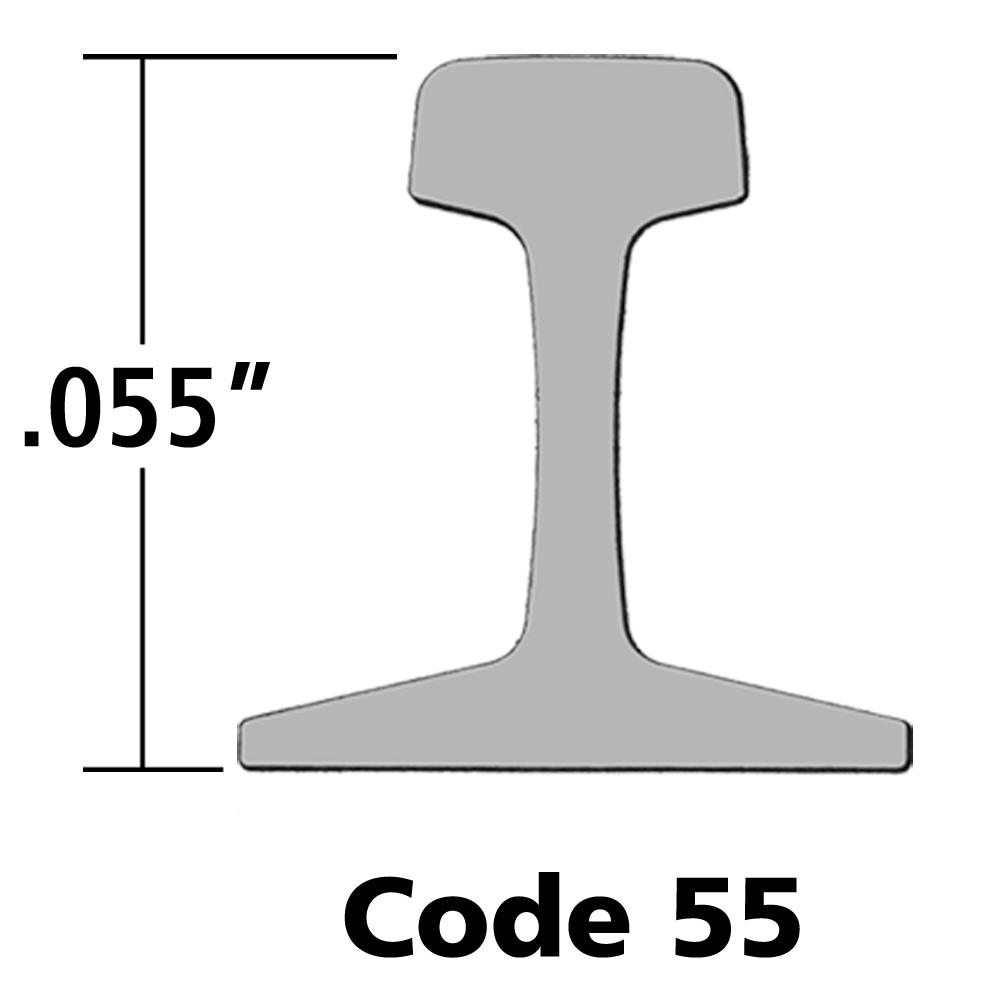— Ken Williams, Tehachapi, Calif.
A A cabless unit and a calf are quite similar. Cabless diesel units are usually considered to be road units from any builder and usually have their own designation. For example, an EMD F7 with a cab is an F7A and a booster is an F7B. An EMD GP7 has a cab, a GP7B does not.
A calf is usually considered to be a cabless switcher, sometimes semi-permanently attached with a drawbar, sometimes a standard coupler. They are known as cow and calves and usually carry a different designation. For example, an EMD SW7 switcher mated with a cabless SW7 became a TR4A and TR4B in the builder’s catalog. An EMD SW8 and a calf became a TR6A and TR6B. The A units usually did not have the lower windows in the cab. The Chesapeake & Ohio purchased “herds,” a switcher with a cab and two calves.
A slug does not have its own prime mover. It gets electrical power from another unit that it is mated with. Some slugs have cabs and controls, others do not. They cannot move on their own without being attached to a working diesel. Many railroads have used slugs in both yard and road service when they need extra tractive effort.
— David Lustig













